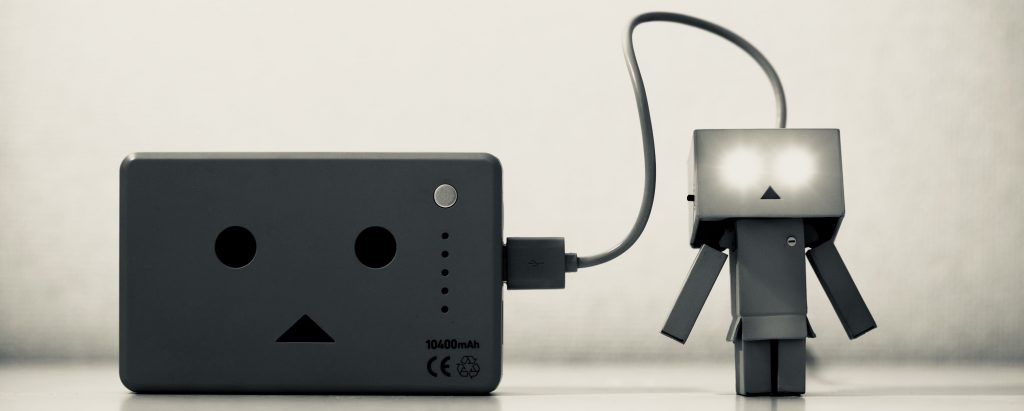
Those who were observed to be using a smartphone were 5.29 times more likely to be discharged home on day 1 and were less likely to be subsequently readmitted.
What laughing at the smart phone sign tells us
We still see smart phones as funny little appendages – or telephones. Do this: share this smart phone sign study with your colleagues and see if they don’t start laughing. While there’s the temptation to see this study as something from The Onion, the response reflects that we still don’t see our technology as an extension of ourselves. We’ve yet to see our devices as somehow connected to us.
So long as we don’t see our smart phones as extensions of ourselves, we’re unlikely to see them as key sources of health information. It’s a type of bias that we bring to the clinical space.
Smart phone use as a surrogate for wellness is underutilized
When a simple study like this makes headlines it suggests that our capacity to use technology as a surrogate sign of wellness is underexplored and underused. Just as our personal technology is an extension of who we are, it delivers and processes inputs. It serves as an external brain and a source of social connection.
The simplest mobile measures will tell a story
While the world is fixated on creating apps that can be bought and sold, the capture of what we do every day is likely to tell a remarkable story. Or predict a story. Beyond the simple witnessed event of a patient holding a phone, consider a customized aggregate metric that could arise from social media use and texting frequency in a young adult, for example. Bring in what an accelerometer tells us and we’ve got a brilliant predictive tool for depression or chronic disease activity.
My biggest challenge with my smart phone in the clinic is iPhone attribution error, first described in 2010.
H/T to Dr. Allison Bond for bringing this link into my information stream. Image modified via HTakashi.